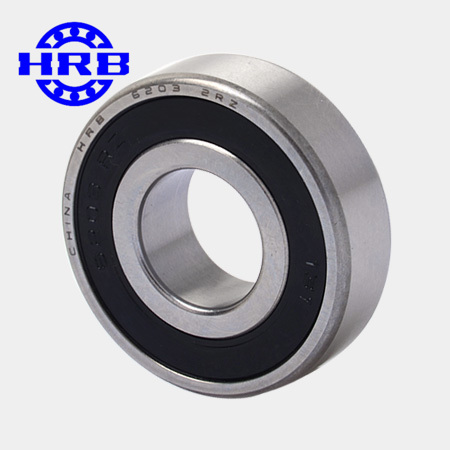Understanding Ceramic Bearings Imagine racing
Understanding Ceramic Bearings Imagine racing
Blog Article

Imagine a high-performance racing car, its engine roaring as it accelerates down the track. The precision of its components, particularly the bearings, is crucial for achieving optimum speed and efficiency. Traditional metal bearings, while effective, often succumb to wear and tear at high speeds due to friction and heat. This is where ceramic bearings come into play, offering solutions that redefine what’s possible in high-speed applications.
Understanding Ceramic Bearings
Ceramic bearings, made from materials like silicon nitride, have emerged as a game-changer in various industries, from aerospace to automotive and beyond. Unlike their metal counterparts, ceramic bearings do not rust, have excellent corrosion resistance, and boast a much lower density. This combination results in a lightweight bearing that can withstand higher speeds and loads without compromising performance.
Benefits of Ceramic Bearings in High-Speed Applications
One of the most significant advantages of ceramic bearings is their ability to operate at elevated speeds with minimal friction. This is critical in applications where every millisecond counts. In fact, studies have shown that ceramic bearings can reduce friction by up to 80% compared to traditional steel bearings. This reduction in friction not only enhances performance but also prolongs the lifespan of the bearing itself.
Moreover, ceramic bearings are less susceptible to thermal expansion. In high-speed environments, where heat generation is inevitable, this characteristic allows for a more consistent performance. The stability of ceramic materials means that they maintain their dimensional integrity even at elevated temperatures, minimizing the risk of failure.
For instance, in the world of cycling, professional racers are increasingly turning to ceramic bearings for their bike components. These bearings help cyclists achieve faster speeds while reducing the effort needed to maintain that speed. The weight savings and performance enhancements have made ceramic bearings a preferred choice for those looking to shave seconds off their race times.
[IMAGE]
Applications in Various Industries
Ceramic bearings are not limited to racing bicycles; they find applications across a wide range of industries. In aerospace, for example, the lightweight and durable nature of ceramic bearings make them ideal for jet engines, where reliability and performance are paramount. Similarly, in the automotive sector, high-speed electric motors and turbine engines benefit significantly from the use of ceramic bearings.
Another noteworthy application is in robotics and automation, where precision and speed are critical. Robotic arms used in manufacturing processes often rely on ceramic bearings to maintain high speeds while ensuring accurate movements. This capability translates to increased productivity and efficiency in production lines.
Challenges and Considerations
Despite their numerous advantages, ceramic bearings are not without challenges. The initial cost of these bearings can be higher than traditional options, which may deter some businesses from making the switch. Additionally, while ceramic bearings are highly durable, they can be more brittle than metal bearings, making them susceptible to impacts if not handled properly. It's important for businesses to weigh the long-term benefits against initial investment costs.
For those considering the switch, understanding the specific requirements of their application is crucial. Consulting with experts in Ceramic bearings in high-speed applications can provide insights into the best materials and designs suited for their needs, ensuring optimal performance and reliability.
The Future of Ceramic Bearings
As industries continue to push the boundaries of speed and efficiency, the demand for advanced materials like ceramics is likely to grow. Innovations in manufacturing processes and materials science are expected to enhance the capabilities of ceramic bearings even further. This evolution could lead to new applications, making them an integral part of future high-speed technologies.
In conclusion, ceramic bearings represent a significant leap forward in high-speed applications. Their unique properties not only improve performance but also promise a longer lifespan, making them an essential component in various high-performance systems. As industries look to the future, the adoption of ceramic bearings will undoubtedly play a key role in driving innovation and efficiency.
Report this page